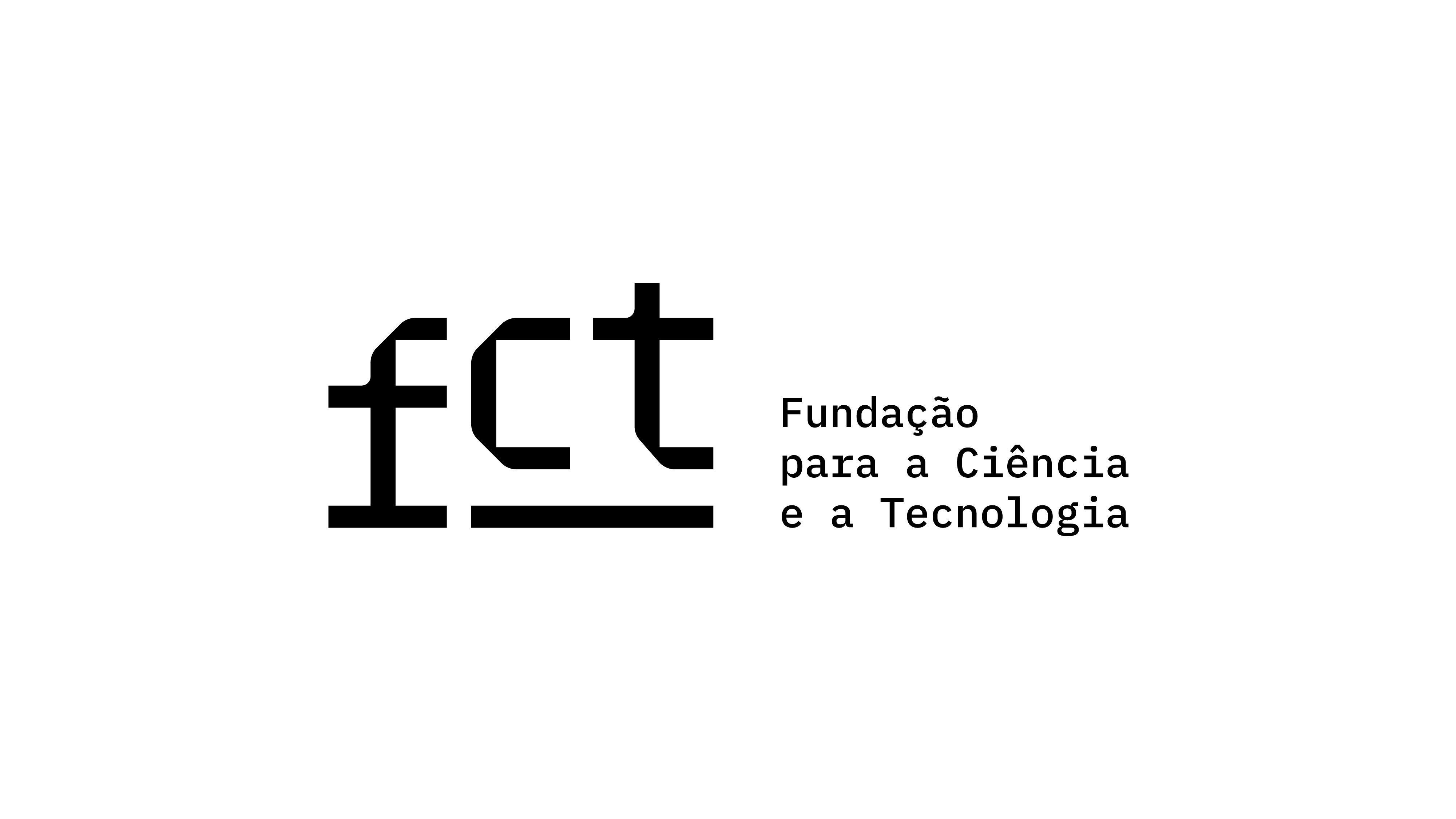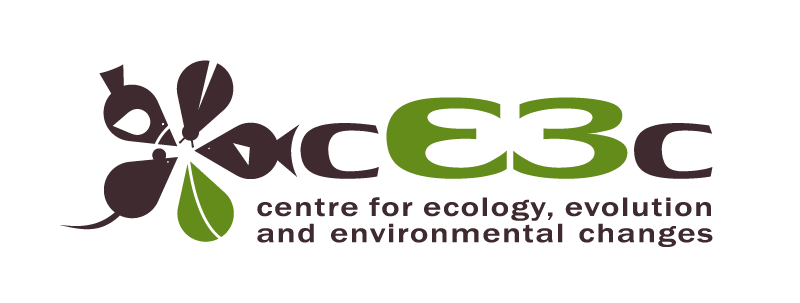Asymmetric competition increases leaf inclination effect on light absorption in mixed canopies
| Title | Asymmetric competition increases leaf inclination effect on light absorption in mixed canopies |
| Publication Type | Journal Article |
| Year of Publication | 2012 |
| Authors | Simioni, G., Durand-Gillmann M., & Huc R. |
| Journal | Annals of Forest Science |
| ISBN Number | 1359501202468 |
| Keywords | 3d modelling, leaf angle distribution, mixed forests, radiation absorption |
| Abstract | & Context The effects of leaf inclination on plant light capture, growth, and water balance of monospecific canopies are well documented, but we still lack information on such effects in the case of multispecific canopies. & Aims We investigated the effects of leaf inclination on the absorption of photosynthetically active radiation (PAR) of a mixed forest. & Methods We ran a 3D mechanistic radiation transfer model for a Mediterranean forest where Pinus halepensis makes the upper strata while Quercus ilex occupies the lower strata. As factors, we included (1) the distributions of leaf inclinations that ranged from vertical to horizontal (including the actual inclinations), (2) the fraction of diffuse light, sun position, and leaf area index (LAI), and (3) the Pinus/ Quercus LAI ratio. & Results Simulated PAR absorption was more than twice as sensitive to leaf inclination in oaks than in pines because oaks depended on PAR transmitted below the pine layer. The extent of the effect depended on season, fraction of diffuse light, LAI, and vegetation spatial structure. None of the observed inclinations maximized PAR absorption, suggesting a trade-off with water economy. & Conclusion Erroneous assumptions about leaf inclination lead to larger errors when modelling heterogeneous, mixed canopies. This also highlights potential caveats when using models that do not account for the spatial structure of canopies. |



